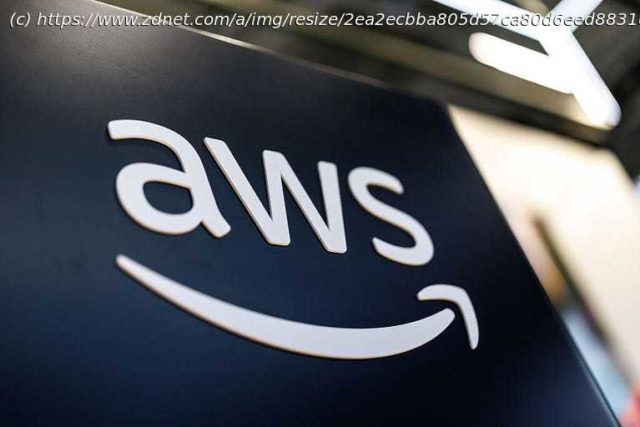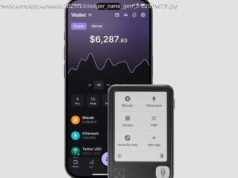Maybe we rely on Amazon Web Services a little too much. Thousands of sites, apps, and services went dark Monday morning. Here’s why.
A major AWS outage disrupted global websites, apps, and services.
The issue stemmed from a DNS failure in AWS’s US-East-1 region.
In the latest update, Amazon said the AWS outage was resolved.
Amazon Web Services (AWS), the backbone of much of the internet, went dark early Monday morning. At approximately 12:11 a.m. ET on Oct. 20, it suffered a major outage, knocking out numerous websites, apps, and online platforms worldwide.
The disruption originated in the company’s critical US-East-1 region in Northern Virginia, AWS’s largest and most essential data hub. It took until 6:53 p.m. ET before the major issues were finally repaired. Even then, some downstream problems lingered. Widespread slowdowns and timeouts
AWS first acknowledged the issue after it detected increased error rates and latency across numerous key services, including EC2, Lambda, and DynamoDB — Amazon’s cloud database technology. Engineers later identified a Domain Name System (DNS) resolution problem affecting the DynamoDB API endpoint, which cascaded across dependent systems.
Yes, that’s right. The old techie joke — „Whenever there’s a network problem, it’s always DNS“ — proved true yet again.
While engineers quickly fixed the DNS issue, other AWS services began to fail in its wake, leaving the platform still impaired. The next major issue emerged when AWS Network Load Balancer health checks started breaking, triggering other services to falter. As the outage spread, AWS’s service health dashboard confirmed that 28 different AWS services were impacted, causing widespread slowdowns and timeouts across cloud operations.
The effects rippled across critical sectors, knocking out access to major consumer platforms such as Snapchat, Ring, Alexa, Roblox, and Hulu, as well as financial and AI services like Coinbase, Robinhood, and Perplexity.
Start
United States
USA — software The massive AWS outage that broke half the internet is finally over...






